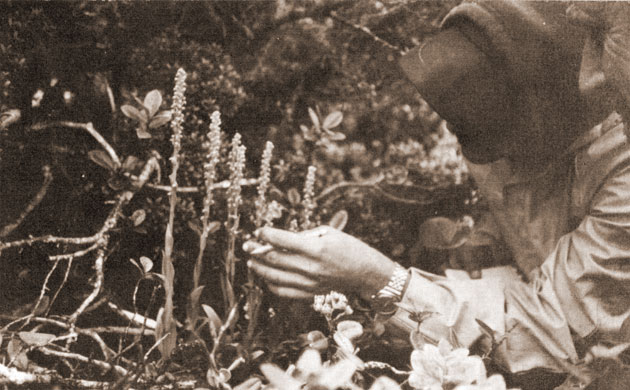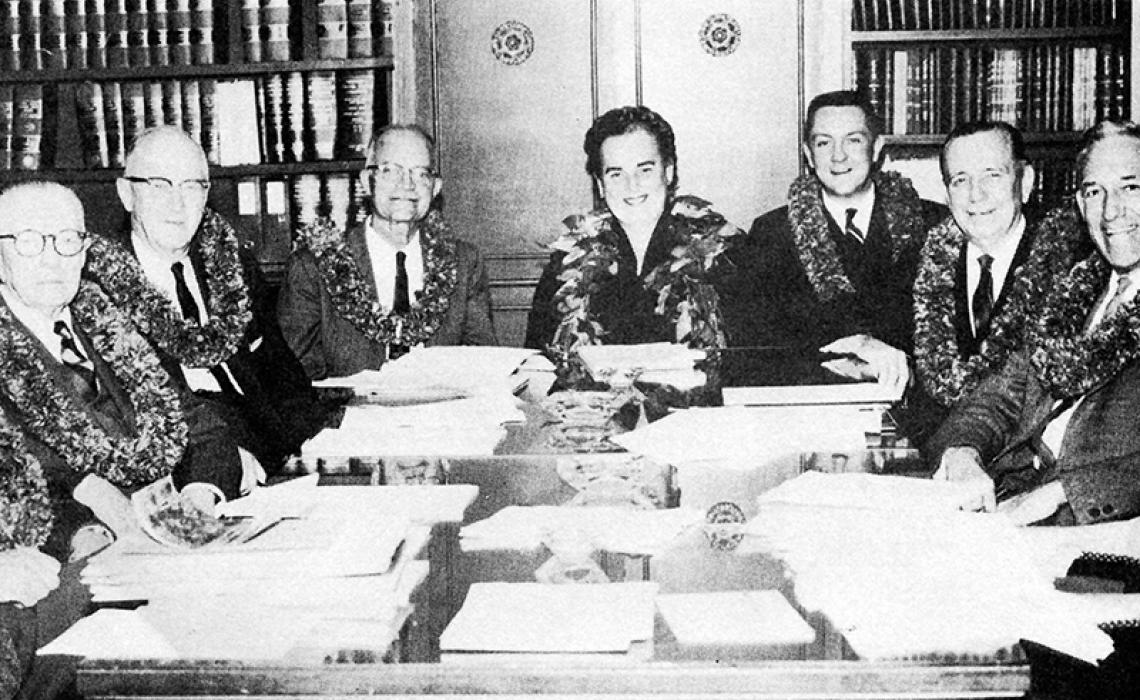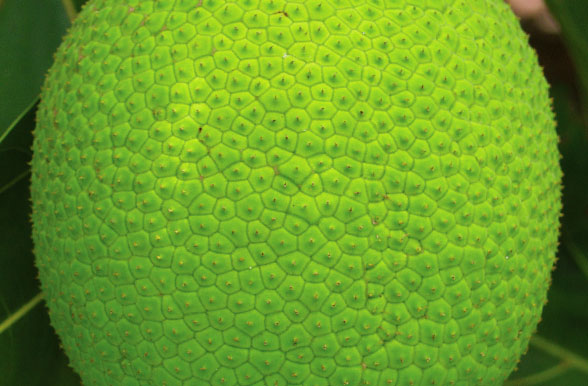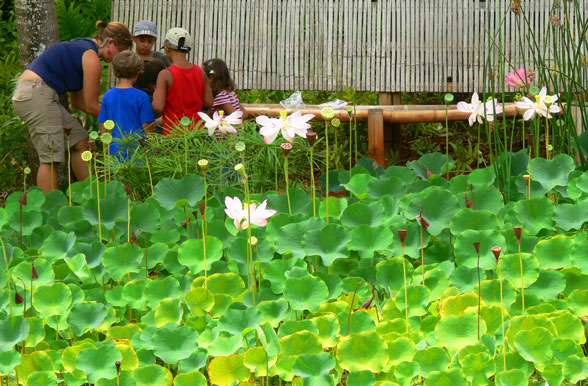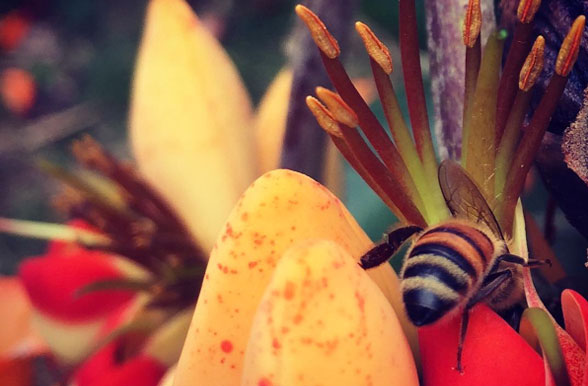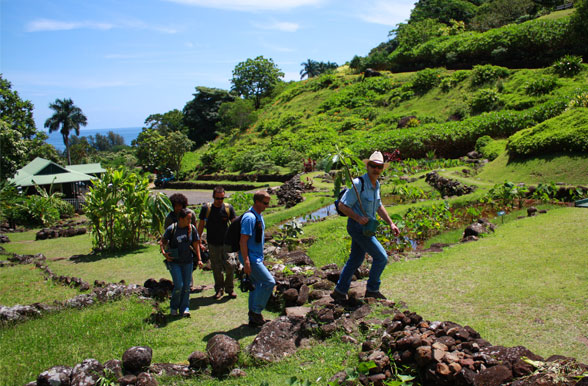Federal charters for private nonprofit entities are granted by Congress only when a compelling case has been made that the proposed organization will serve an important national and public need. NTBG is the only tropical botanical garden with a charter from the United States Congress.
1964: Congressional Charter Enacted. Download Charter.
1970: 171 acres purchased in the Lawai Valley on Kaua’i’s South Shore to establish NTBG’s Flagship Garden known today as McBryde Garden.
1972: Kahanu Garden established thanks to a generous gift and purchase of two parcels outside the town of Hana on the island of Maui. Named after the donor family, Kahanu Garden contains Pi’ilanihale heiau, a National Historic Landmark and the largest ancient man-made structure in the islands.
1976: Limahuli Garden established on the North Shore of the island of Kaua’i due to a generous gift of land from Juliet Rice Wichman. The much-loved and well-cared-for land contained extensive archeological sites and ancient taro terraces that can still be experienced in the garden today.
1984: NTBG is gifted The Kampong, the beloved personal collection of tropical plants, emphasizing the flora of Southeast and island Asia, assembled in Florida by horticulturist and legendary plant explorer Dr. David Fairchild.
1988: Congressional legislation passed to change the name of the institution from Pacific Tropical Botanical Garden to National Tropical Botanical Garden following the acquisition of The Kampong in Coconut Grove, FL.
1990: NTBG assumes management of Allerton Garden, personal home and garden of NTBG founding Trustees Robert and John Gregg Allerton, located in the Lawai Valley adjacent to McBryde Garden.
1992: Construction of the NTBG Education Center and South Shore Visitors Center begins. Hurricane Andrew hits The Kampong; Hurricane Iniki hits Kaua’i.
1993: NTBG resumes normal operation after massive restoration effort at all gardens affected by the devastating storms.
1998: NTBG receives a collection of rare botanical books from the estate of philanthropist Loy McCandless Marks. The unique collection was combined with NTBG’s existing library to create the Loy McCandless Marks Botanical Library housed in The Sam and Mary Cooke Rare Book Room and library stacks at the Juliet Rice Wichman Botanical Research Center.
2000: Lawai Garden renamed McBryde Garden in honor of the generous endowment of the family that once grew sugar cane in the valley.
2008: LEED Gold-certified Juliet Rice Wichman Botanical Research Center opens at NTBG headquarters in Kalaheo, Kaua’i.
2014: NTBG Celebrates 50th Anniversary.
2016: NTBG plays a pivotal role in bringing the International Union for Conservation of Nature’s World Conservation Congress to Hawaii, a first for the United States. Over 10,000 delegates from 192 countries gathered in Hawaii to address critical conservation and environmental matters.
2017: NTBG’s Breadfruit Institute and partners launch the Regenerative Organic Breadfruit Agroforest in McBryde Garden as a vehicle for providing agroforestry design, management, and other sustainable practices centered around breadfruit conservation and education.
2018: NTBG’s Botanical Research Center surpasses 7.8 million seeds and 86,000 herbarium specimens preserved for research and conservation.
2020: NTBG and the Smithsonian Institution publish Flora of the Marquesas Islands, Vol. I Lycophytes, Ferns, and Monocots and Vol. II Dicots, completing over three decades of collaborative fieldwork and research documenting the archipelago’s biodiversity.
2021: NTBG completes assessments of all 255 Kauai single-island endemic plant species for inclusion in the International Union of Conservation of Nature’s Red List of Threatened Species.
2022: NTBG publishes Flora of Samoa, a comprehensive documentation of Samoa’s plant diversity first spearheaded by botanist W. Arthur “Art” Whistler from the 1970s.
Governance
The Garden’s Congressional Charter included the establishment of a Board of Trustees to govern the organization. The NTBG Board is dedicated to carrying out the mission and objectives of the organization. Members of the Board of Trustees meet two times per year to review progress, make policy decisions, and approve budgets and programs, based on the recommendations of the Garden’s Director and staff.
NTBG’s Board consists of distinguished members from across the United States. Board service is voluntary and no compensation is received. While their backgrounds and interests are varied, Board members have a high interest in plant conservation, botanical research, and related education. In addition, a number of Board members are also experienced and successful in financial management and fundraising. New Trustees are elected by the Board.


